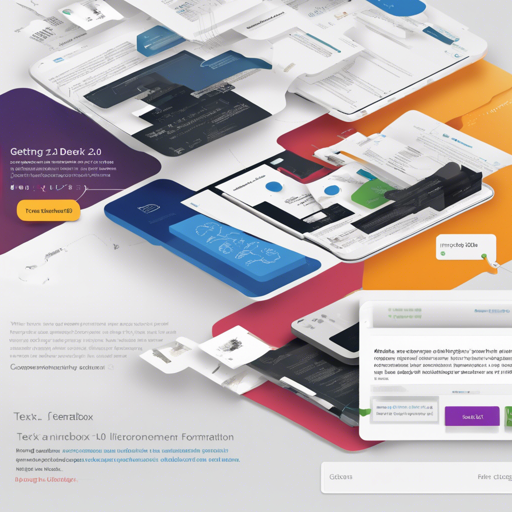TextBox 2.0 is a powerful text generation library designed to facilitate developers in harnessing various pre-trained language models to accomplish a range of text-related tasks. With its unified pipeline framework, you can easily perform tasks such as translation, story generation, and style transfer. Let’s delve into how to get started with TextBox 2.0, its installation process, and some troubleshooting tips for common issues.
Installation
To begin using TextBox 2.0, you will need to install it properly. Here’s a step-by-step guide:
- Create a Conda Environment: Since TextBox modifies existing libraries, it’s recommended to create a new environment. Open your terminal or command prompt and run:
conda create -n TextBox python=3.8git clone https://github.com/RUCAIBox/TextBox.git
cd TextBox
bash install.shQuick Start
Once installed, you can quickly run TextBox 2.0 with a predefined script. Below is the template for executing an end-to-end pipeline:
python run_textbox.py --model=model-name --dataset=dataset-name --model_path=hf-or-local-pathSubstituting --model=xxx, --dataset=xxx, and --model_path=xxx with your specific choices. You can find these choices in the respective links for models and datasets.
Training with TextBox 2.0
TextBox 2.0 offers multiple methods for training your models effectively:
- Basic Training: A detailed tutorial for configuring parameters like optimizers and validation can be found here.
- Pre-training Options: There are four pre-training objectives available. Refer to the pre-training documentation for guidance.
- Efficient Training Techniques: Explore methods like distributed data parallel and hyper-parameter optimization to enhance model performance; details are available here.
Understanding TextBox 2.0 Framework through Analogy
Think of using TextBox 2.0 as akin to being a master chef in a kitchen filled with various ingredients (pre-trained models). Suppose you want to create a diverse menu (text generation tasks). Each ingredient (model) can produce different dishes (outputs) according to the recipe (training objectives and parameters) you choose. Your ability to combine these ingredients effectively will determine how delightful the meals (results) turn out. With a flexible kitchen (framework), you are well-equipped to whip up sumptuous text creations with the right techniques.
Troubleshooting Tips
While working with TextBox 2.0, you might run into a few common issues. Here are some troubleshooting ideas:
- Environment Errors: Ensure you have activated the correct environment with
conda activate TextBoxbefore running the scripts. - Dependency Problems: If you encounter missing packages, check the installation log; additional packages needed can be installed using
piporconda. - Dataset Loading Issues: Ensure the dataset is downloaded correctly and placed in the appropriate folder as specified in the instructions.
For more insights, updates, or to collaborate on AI development projects, stay connected with fxis.ai.
Final Thoughts
TextBox 2.0 opens a plethora of opportunities for developers and researchers alike, elevating the text generation experience through sophisticated tools and resources. At fxis.ai, we believe that such advancements are crucial for the future of AI, as they enable more comprehensive and effective solutions. Our team is continually exploring new methodologies to push the envelope in artificial intelligence, ensuring that our clients benefit from the latest technological innovations.

